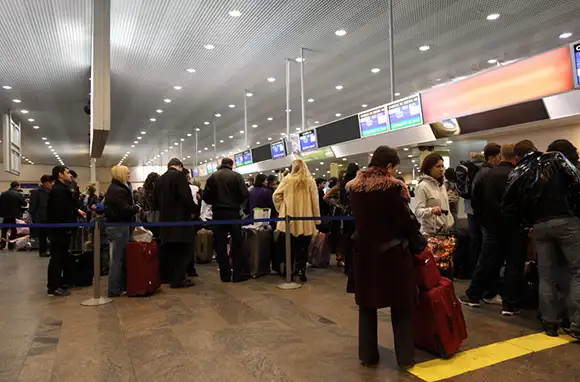
“DOT should ensure transparency in air carrier pricing.” That’s the key conclusion of the final report from the Advisory Committee for Aviation Consumer Protection. And that bland conclusion shouldn’t have surprised or even disappointed anyone: Nobody could expect a committee of diverse and conflicting interests to come up with anything other than bland. And, in my view, the committee missed the real point in the transparency argument.
Everyone agrees that, these days, airlines display basic fares “transparently” to everyone involved. Thanks to earlier Department of Transportation (DOT) actions, airlines can no longer play games with hidden “fuel surcharges” and other ways to feature fares that are less than what you really have to pay. Fare displays must be “all up” with no asterisks or footnotes, and the airlines provide the global distribution systems (GDS) and online travel agencies (OTA) the same fares they post on their own websites.
The current disputes over transparency center on optional fees—fees for checked baggage, seat assignments, early boarding, onboard snacks, and a bunch of the other “optional extras” airlines have carved out of what they used to include in base fares. Although third parties—notably GDSs and OTAs, conventional travel agents, and corporate travel managers that rely on GDS fare data—can currently display base fares, they can’t uniformly provide similar displays that include each consumer’s selection of optional fees. That’s why the key players define “transparency” in different ways:
- Consumers, obviously, enjoy the ability of third-party websites and travel agents to present side-by-side, apples-to-apples airfare comparisons, regardless of where they’re looking.
- Third parties say that full transparency must include fees as well as base fares so they can display comprehensive airfare costs, including optional fees. After all, OTAs owe their very existence to that ability. Moreover, they also want to be able to sell those options and collect revenues from selling them, just as they do for base airfares.
- Airlines counter by saying that they already comply with transparency requirements by providing fully transparent fee displays on their own website. DOT has no business telling them how to feed information to organizations that are, in fact, competitors for consumer purchases. Some, including American, say they’re already negotiating with GDSs for fee displays; others, including Southwest, want to limit all online purchase to their own websites.
I’m somewhat ambivalent on these questions. Obviously, the consumer benefit of accurate price comparisons is huge. On the other hand, government shouldn’t have a broad right to force private companies into helping their competitors: If the GDSs and OTAs want to display fees, let them figure out on their own how to do it.
The root problem here is the legal interpretation that airlines can prevent third parties from collecting and reusing price information that the airlines openly display to the public on their own websites—or, more succinctly, that the airlines can prevent “screen scraping.” As I understand it, the legal basis is the copyright concept. But, to me, there’s a difference between protecting content and protecting price information. As a writer, I strongly support the ability of authors and publishers to protect the content of a book, but I don’t see how that right extends to the price of the book, which is openly available to the public. An end to the prohibition on screen scraping would solve most transparency problems, but that approach is clearly beyond the scope of DOT authority. And no committee that includes airline representatives could ever come to consensus on that question.
The other recommendations in the report fall into the “Mom and apple pie” category: a bland recommendation that the DOT “encourage” and “work with” airlines on such noncontroversial issues as improving services to travelers with disabilities—an area where improvement is clearly needed—plus avoidance of discrimination, improvement in handling of complaints, and adequate access by consumers to contracts of carriage (although they’re already easily accessible online). But that’s the nature of committees.
Whatever your views, the DOT will shortly issue some new requirements, but even then, the fight will continue. Stay tuned.
Ed Perkins on Travel is copyright (c) 2012 Tribune Media Services, Inc.
You Might Also Like:
We hand-pick everything we recommend and select items through testing and reviews. Some products are sent to us free of charge with no incentive to offer a favorable review. We offer our unbiased opinions and do not accept compensation to review products. All items are in stock and prices are accurate at the time of publication. If you buy something through our links, we may earn a commission.
Related
Top Fares From
Today's Top Travel Deals
Brought to you by ShermansTravel
Porto to Lisbon: 7-Nt, Small-Group Portugal...
Indus Travels
 vacation
$1899+
vacation
$1899+
Greenland: Luxe, All-Incl. 11-Nt Exploration Small-Ship...
Swan Hellenic



Ohio: Daily Car Rentals from Cincinnati
85OFF.com





